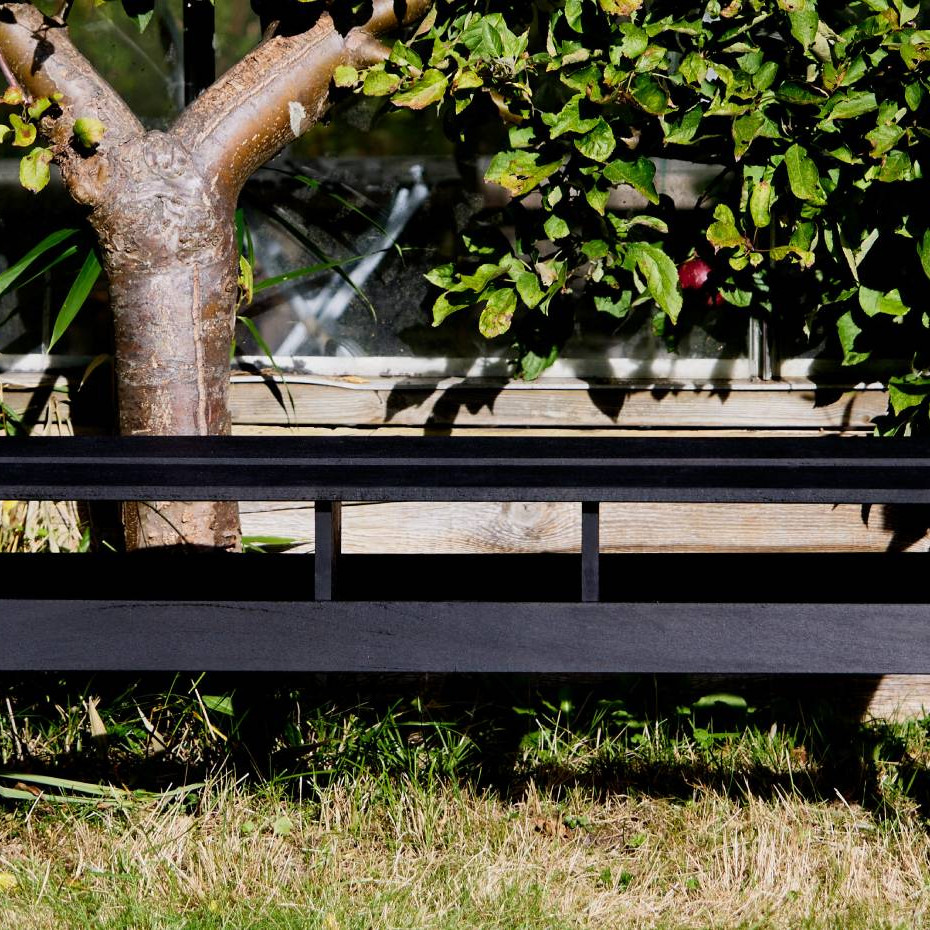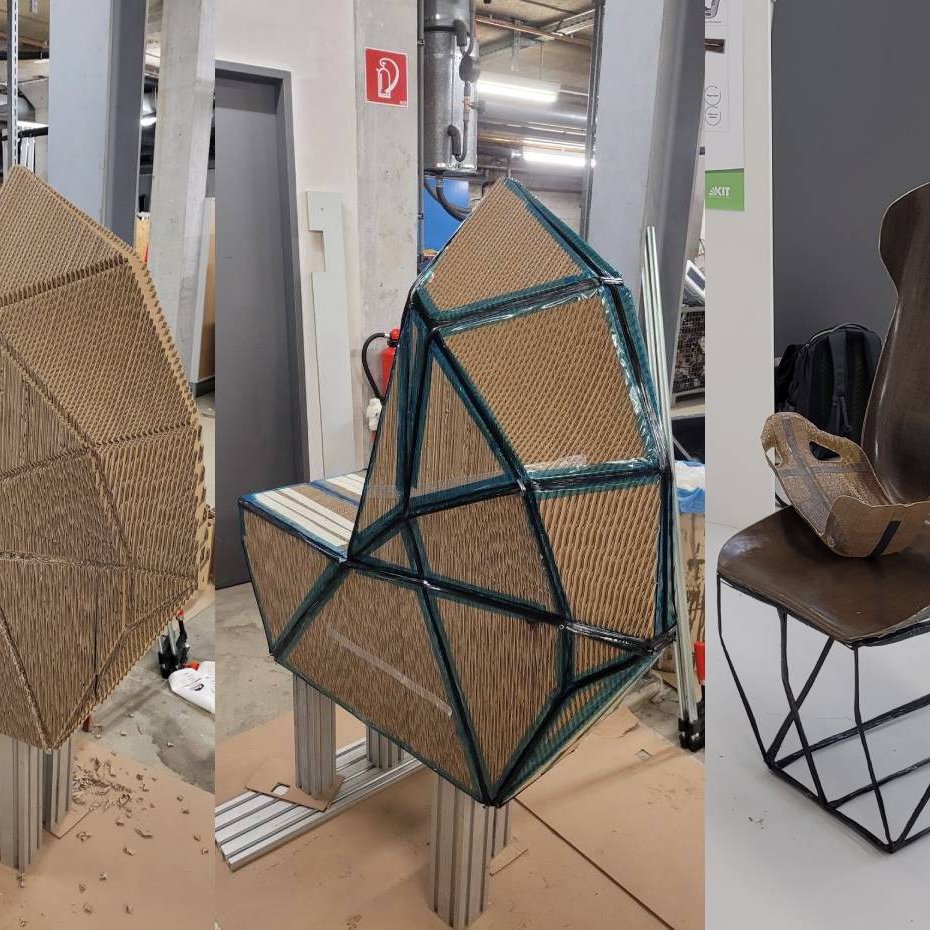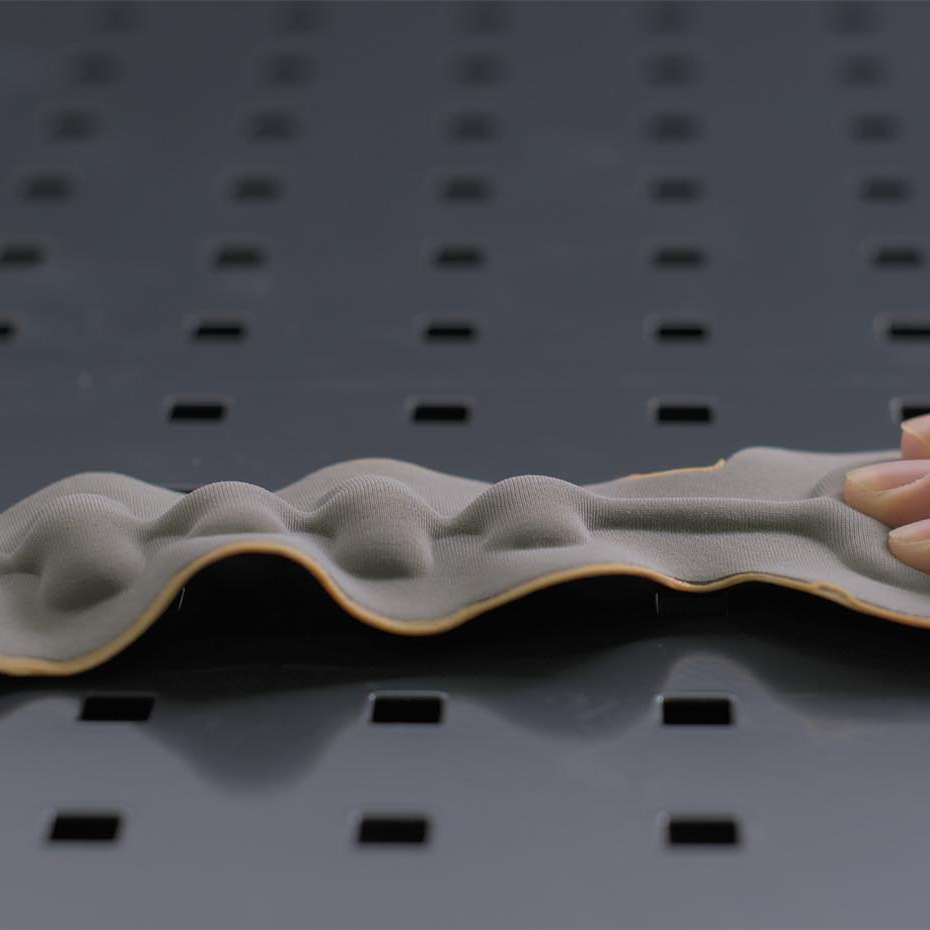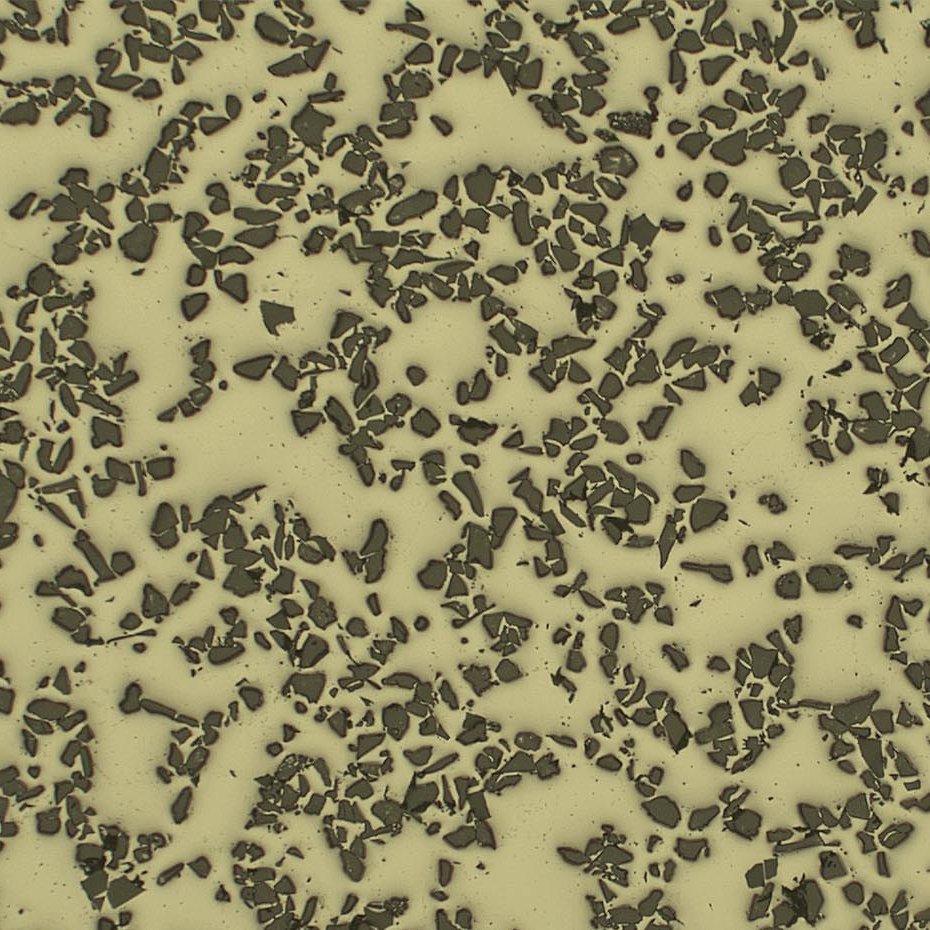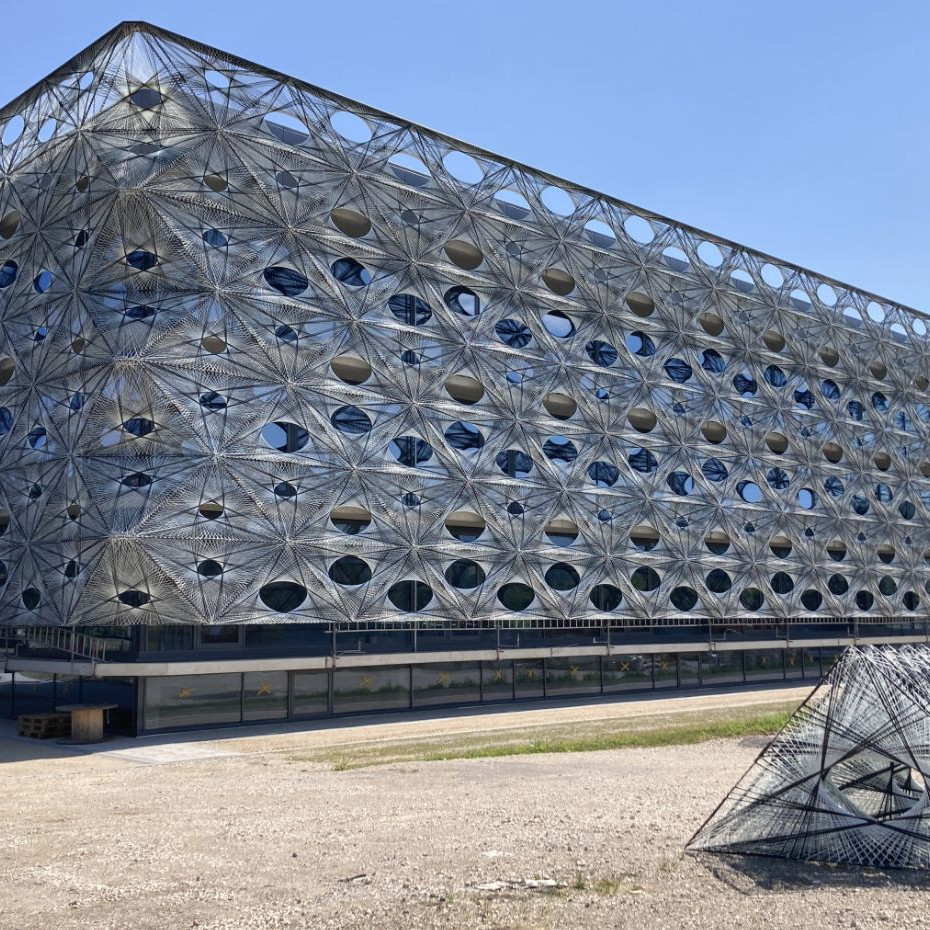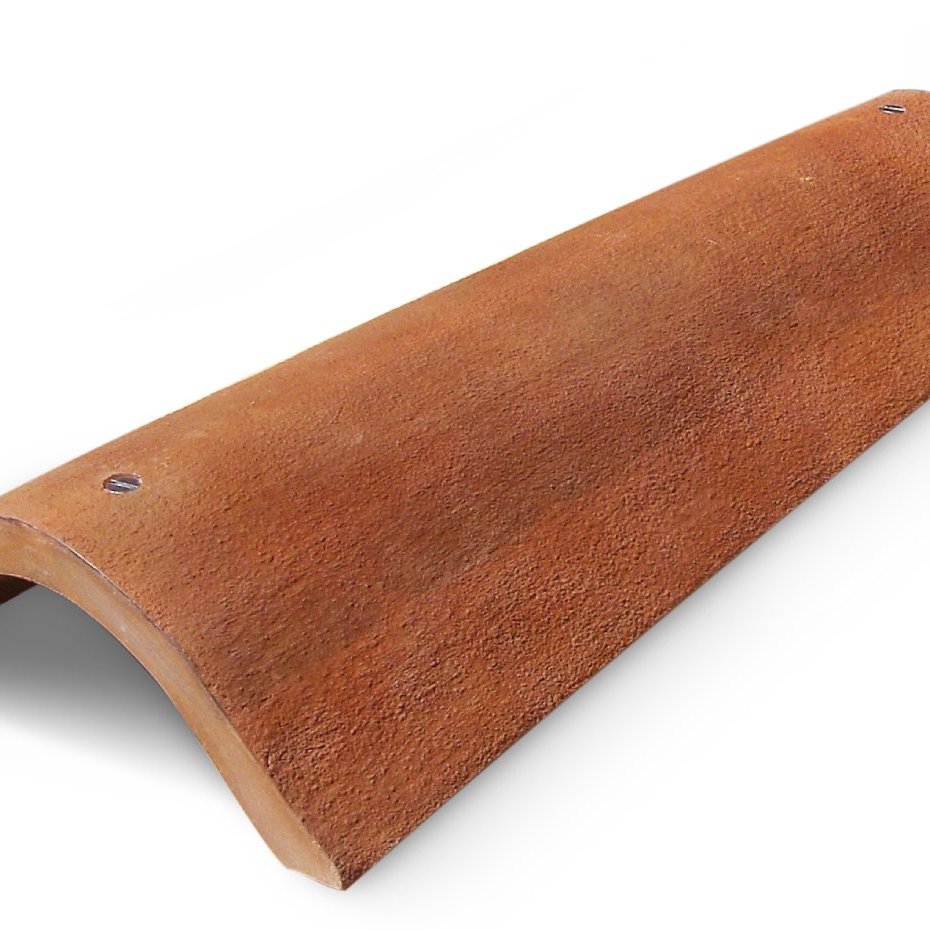Textile high-tech fibres in new dimension
Between membrane architecture and basalt fibers
form 233
July/August 2010
publisher
Birkhäuser (Basel)
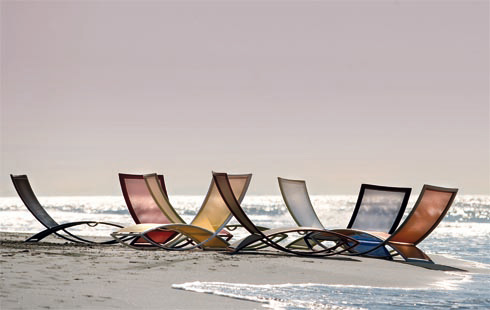
Light, flexible, high-tensile and recyclable is probably how best to summarize the qualities of textile materials, which made them suitable for use in technological applications. It seems that their potential for development is still far from being exhausted as manufacturers keep inventing ever more sophisticated product concepts and procedures that will enable fiber materials to be used in a wide range of applications.
These extend from architectural lightweight constructions made of weatherproof ETFE fabrics and foils (Ceno Tec, Seele Cover) and double-wall lightweight concrete panels using spacer fabrics (Müller Textil) to surgical clothing that protects from infections and is very comfortable to wear. These textiles are made of nonwovens (Fibertex), in other words, fabrics and fleeces that are not woven or knitted and produced with foil membranes on the inside of the material.
Fibrous materials from recycled raw materials are likewise becoming ever more popular. Examples include the textile fabric Batyline R made by the French manufacturer Ferrari, which is used as an upholstery fabric for outdoor and office furniture. Under the name Texyloop Ferrari has moreover established a pan-European collection network including a complex recycling system, thanks to which coated textile fabrics can be reused within a self-contained loop system. This helps improve the eco-balance immensely, given that about 80 percent of environmental impact is commonly attributed to the production of raw materials.
Even plastics manufacturers are increasingly using natural fibers to raise the percentage of renewable raw materials in their polymer materials, thereby saving on resources. One example is Evonik’s Vestamid product range, made from a blend based on castor oil and bamboo fibers. Vestamid’s properties are similar to those of fiber-reinforced plastics – but with a subtle smell of wood.
The use of basalt fibers for lightweight constructions in vehicle construction is setting another trend. They are derived from molten volcanic rock, and the use of this material is expected to improve the mechanical, chemical and thermal properties compared with glass fiber reinforcements. An added advantage is that production uses far less energy. Manufacturers include Basaltex and Asa.Tec, who supplied the basalt fibers for the chassis concept “Light Car – Open Source” designed by EDAG.
www.cenotec.de
www.seele.com
www.muellertextil.de
www.fibertex.com
www.texyloop.com
www.evonik.com
www.basaltex.com
www.edag.de
image source: Serge Ferrari
Ecoblaq molecular wood colours
23 March 2024
Ecoblaq is a molecule manipulation method, a natural chemical reaction, making…
Natural fiber reinforced car seat
22 October 2023
The focus of the project "Design for Recycling" is a seat shell that is made…
MotorSkins morphing textiles
19 April 2022
Berlin based start-up MotorSkins designs and produces textiles with embedded…
3D Pioneers Challenge 2022
15 December 2021
The 3D Pioneers Challenge 2022 adresses tech pioneers who pave the way for…
IGNIS – Light from waste heat energy
12 August 2020
The availability of affordable, independent and, above all, clean electrical…
Brake disc with reduced fine dust
21 April 2021
Fine dust endangers our health. One of the main sources is traffic, especially…
Texoversum
15 July 2023
With the "Texoversum", Reutlingen University has put into operation a training…
Invisible Terracotta Solar Rooftile
10 May 2023
The family-run business Dyaqua has developed a technology to integrate a…
Xarvio – Digital Farming
8 January 2021
BASF Digital Farming GmbH has received the renowned Crop Science Award for the…
